The Barbican had been quite a landmark of its time with a unique blend of tall residential towers and long, low rise blocks surrounding an arts centre, with an ornamental lake, fountains and lawns.
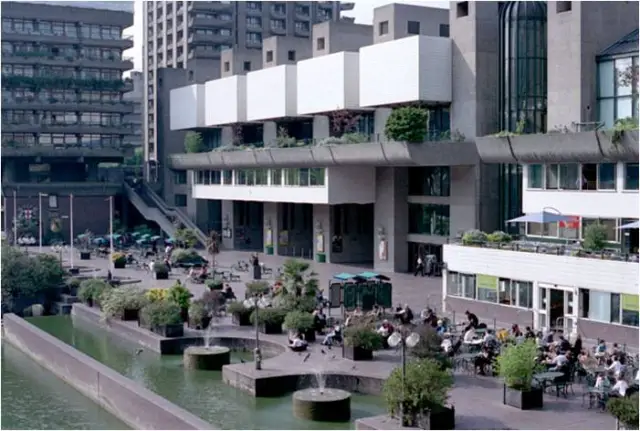
PROJECT: Barbican Estate
LOCATION: London, UK
BUILDING TYPE: Residential, Recreational
ARCHITECTS: Chamberlain, Powell and Bon
CATEGORY: Urban renewal/Brownfield development
YEAR: 1982
AREA: 40 acres
NEED:
To put things in better perspective – to broaden horizons, to set our sights on matching up to international standards.
OBJECTIVE:
All selected projects have clear strengths and weaknesses but the important lesson is to learn to interpret these theoretical and practical lessons so one is able to predict and proactively manage the dynamic processes of urban change.
SCOPE:
The study is an overview of a diverse range of responses to an equally varied set of program and site requirements. While we have attempted to present as much factual information as possible, it is NOT a statistical study.
METHODOLOGY:
The projects have been examined in 3-tiers –
1° Basic layout of the city has been discussed – how the site fits into the city structure andhow its location has impacted the design.
2° The kind of development that exists around the site and certain identifiable landmarks that help
tie it in.
3° The project itself – its program, land-use patterns, movement within etc.
Besides this, the study highlights the salient characteristics and key elements of each project.
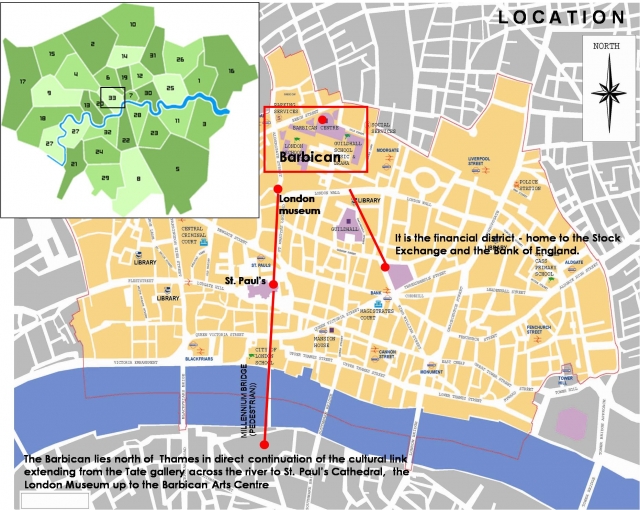
LAND USE PATTERN:
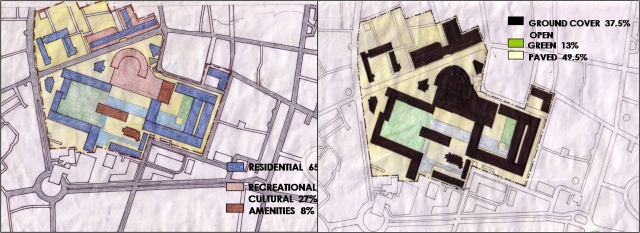
It was conceived as primarily a residential area along with some cultural and recreational facilities.
There are a total of 2014 flats housing more than 4000 people in blocks arranged around gardens and lakes making best use of all available space
car parking under the flats and pedestrian walkways above ground level
Today 5/6th of the entire population of the city of London lives here.
The objective was to simultaneously increase the local density while providing a breather space with considerable open area.
This was achieved by building a combination of high rise (43 storied residential ‘point blocks’) and low rise ( 7 storied ‘slab blocks’).
ACCESS:
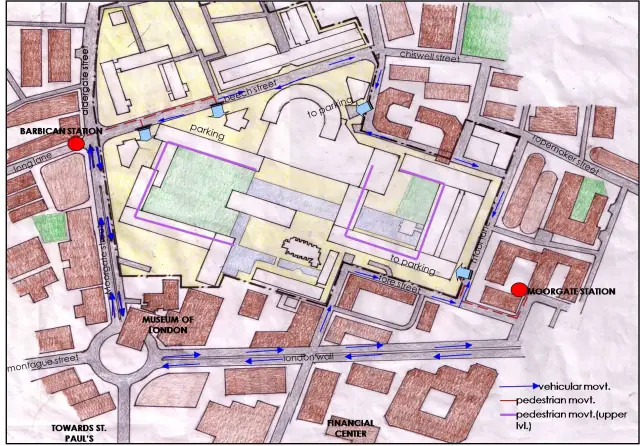
TRANSIT:
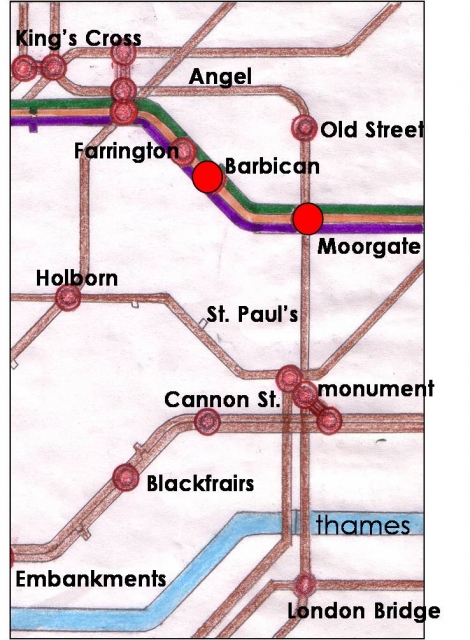
The underground tube is the lifeline of the entire London region. Barbican is well connected with all the major destinations through metro.
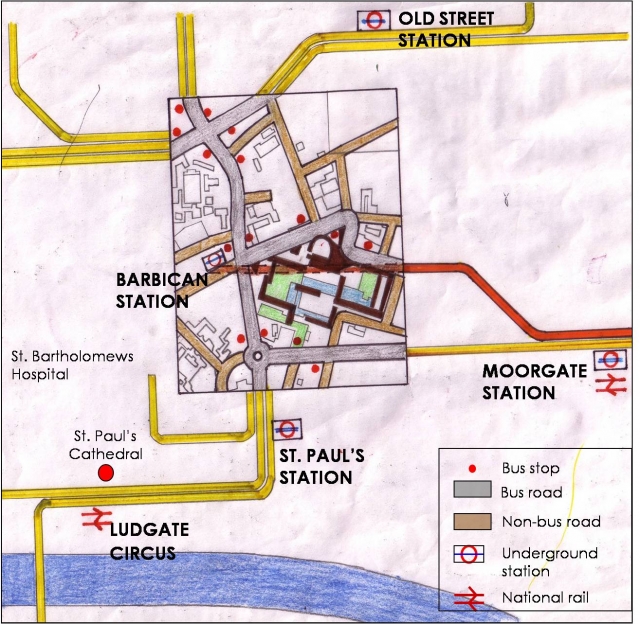
Barbican Centre is easily accessed by a bus road with adequate no. of bus stops about every turn.
CONCEPTION:

Most of the early City of London was destroyed by the Great Fire of 1666 and the Blitz of World War II.
The Barbican was initially conceived as a commercial enterprise as an extension to the already existing financial hub of the city of London. But, with the change of authority a different potential of the site was realized.
It was commissioned in 1952 by the Corporation of London as a residential precinct.
People had moved out, into the suburbs causing a drastic fall in the number of residents in the area from 100,000 to 5,000. Everyday people would make the long journey from home to work such that during business hours the City came alive but by the evening it was almost deserted.
So the idea behind developing the estate was to reactivate the city center and bring in a stable population into the area, closer to their workplace.
ISSUES:
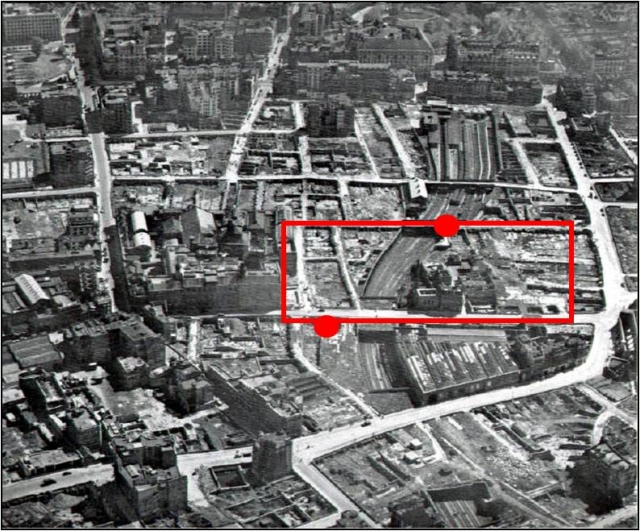
An obvious correlation of the Barbican to our site in Khyber Pass is the set of railway tracks that cut across the site and an important lesson is how they have been handled.
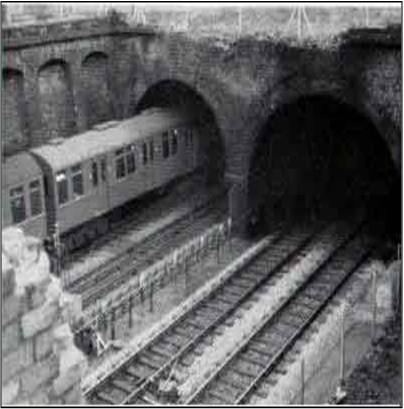
This was disturbing both from a visual point of view and because of the noise it causes. Thus if a residential precinct was to be developed, the lines had to be covered over.
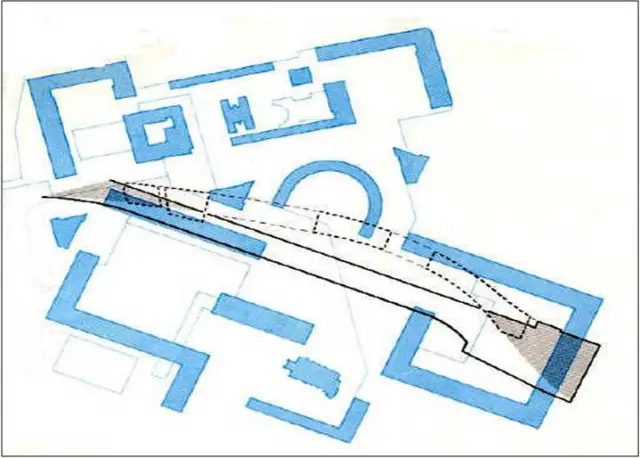
So to effectively negate their presence, a completely new set of straight lines were constructed joining the ends of the existing curve and covered up, ensuring disruption of service only when the ends were joined.
The new tunnels were built with dense concrete walls and a double roof with a large air gap in the centre to reduce airborne noise
ARCHITECTURAL VOCABULARY:
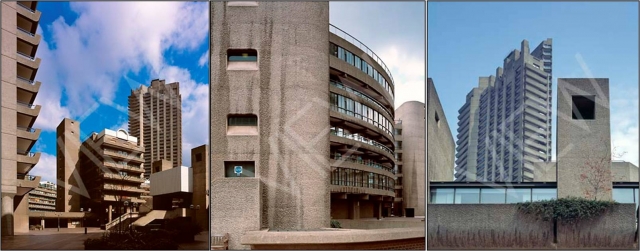
A quiet precinct created for people to move about freely, enjoying constantly changing perspectives of terraces, lawns, trees and flowers seen against the background of the new buildings or reflected in the ornamental lake.
Major influence of Le Corbusier and his modernist principles – This is evident in the use of rough, exposed concrete construction and the rooms inside the flats which are based on the modular system of proportion.
A ‘concrete monster’, it is massive – both tall and broad-shouldered. In fact there’s no getting away from the Barbican’s size. Enormous tower blocks – they were the tallest residential buildings of their time.
The repeated use of bush-hammered aggregate concrete it resembles a latter-day fortress as befits its name.
‘Brutal’ construction
The baffling complexity of its arts center, infamous for its perplexing levels; obscured entrances
SEGREGATI ON OF VEHICULAR AND PEDESTRIAN:

A most modern concept was the idea of elevated walkways.
The long blocks in the south Barbican are raised on columns, so that the enclosures would not be oppressive.
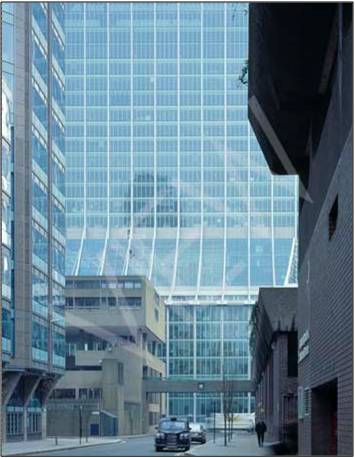
They took Venice as their model for a city where foot and service traffic is completely segregated.
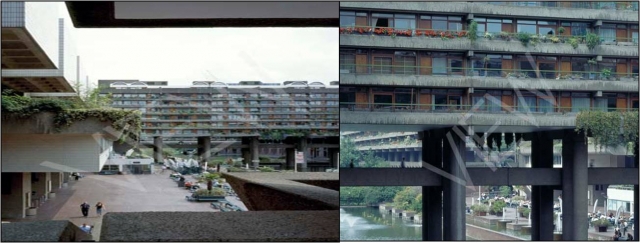
The use of a podium level allowed the development to be built over roads, so that residents would not have to negotiate busy roads or be disturbed by traffic inside the estate.
All car parking is situated beneath the podium out of sight of the flats.
One covered car parking space is provided for every long flat. By contemporary standards this was a generous provision then – especially since most people preferred the Tube.
SERVICES – WASTE DISPOSAL:
The Estate is serviced by an ultra modern system called the GARCHEY.
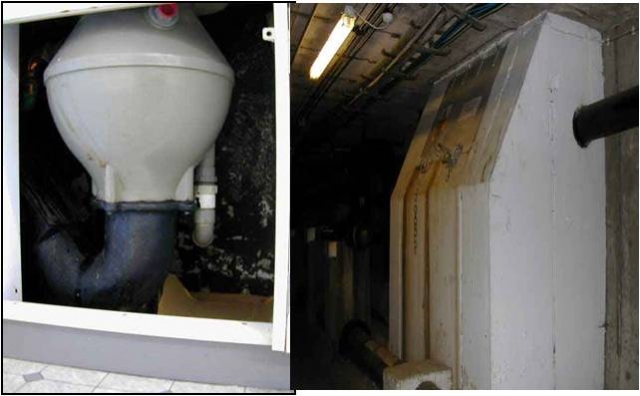
Waste from kitchen sinks collects in a bulb like container under the sink.
When this is flushed it drains into one of the several 6-inch pipes that run from the roof to the basement of each building, into the collection chamber.
A vacuum is created and everything is sucked down an 8-inch CI pipe from all pits through tunnels to a centralised control tank.
When full, the refuse is either sucked or blown into the lorry.
A second set of pipes suck the rainwater out leaving behind solid waste. This water is then treated – bleached with Sodium compounds – and passed into the city’s sewer system.
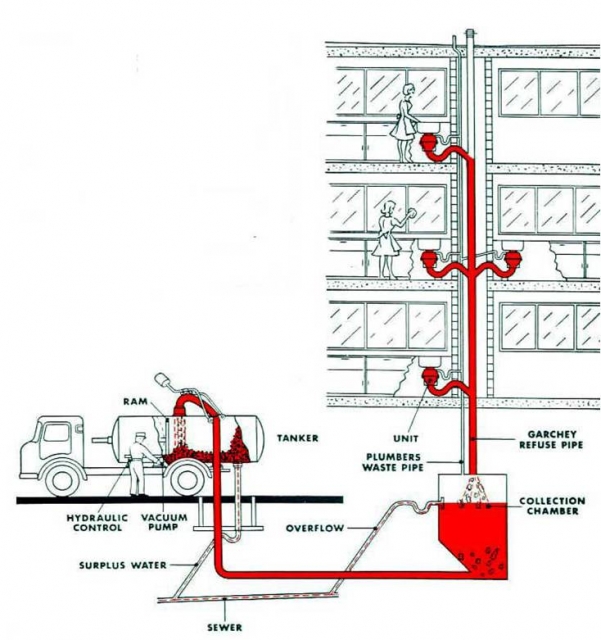
KITCHENS:
Space-saving design based on kitchen facilities in yachts.
Decided that most kitchens were used for only a short time in the day and that too after dark. So the need for windows was eliminated. Instead they were to be dependent on artificial lighting and serviced by an extract ventilating system.
Very modern (at the time) approach to kitchen fittings.All fittings are made in lightweight fibreglass units in assemblies ready for the insertion of cooking equipment .
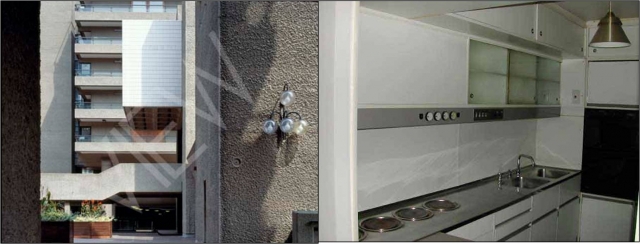
SECURITY/PRIVACY:
The introduction of elevated walkways that form a ring around the buildings and are accessed only from within the site, makes it a safe zone.
Criminals don’t like places where they look out of place and feel locked in.
Barbican flats have special keys which cannot be duplicated and can only be obtained from the Estate authority. A key is also required to gain entry into the main door of the building and other estate doors.
HISTORICAL REFERENCE:
The designs for the site had played heavily on the association of “barbican” with a walled fortification
The site is located just outside the ruins of an ancient Roman settlement. The name ‘Barbican’ refers to a fortified outpost or gateway so that even today with its formidable defense, the project looks like a small walled town
As a recognition of the city’s history, the present-day blocks and towers are named after people who had strong connections with it.
The Church of St. Giles is one of the few churches to survive the Great Fire in 1666 and the World War II.
Many of the surviving examples of the old London Wall have been preserved within the Estate, establishing a fascinating link with the past. They have been creatively incorporated in the landscape scheme.
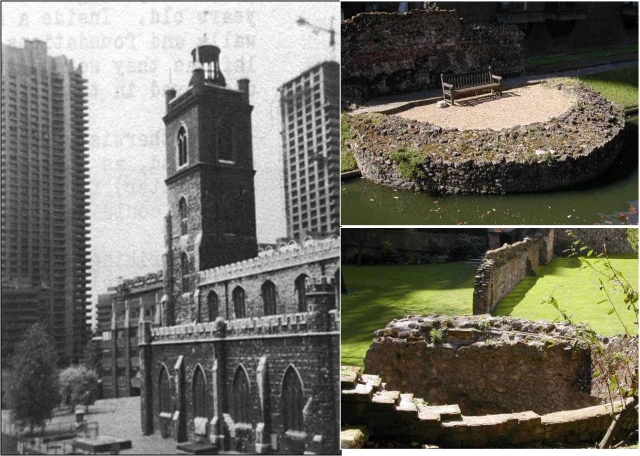
To learn more, visit: Comparision Between Barbican Center, Federation Square, BatteryPark City & Jian Wai Soho
This presentation was created by: Meghna, Nivedita, Sunny, Ved (2005)

Leave a Reply
You must be logged in to post a comment.